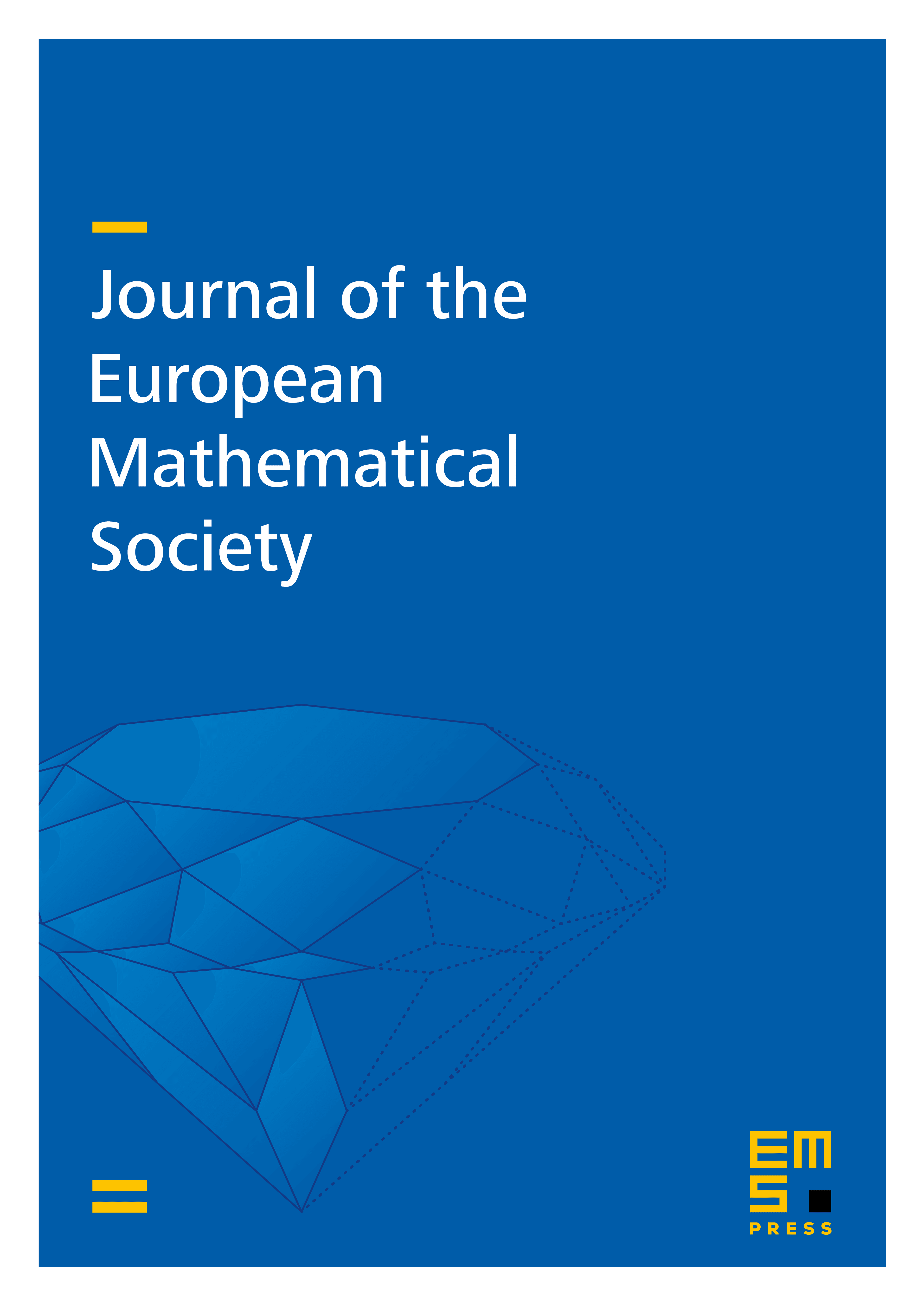Global solutions of the two-dimensional Riemann problem with four-shock interactions for the Euler equations of potential flow
Gui-Qiang G. Chen
University of Oxford, Oxford, UKAlexander J. Cliffe
University of Oxford, Oxford, UKFeimin Huang
Chinese Academy of Sciences, Beijing, P. R. ChinaSong Liu
The Hong Kong Polytechnic University, Hong Kong, P. R. ChinaQin Wang
Yunnan University, Kunming, P. R. China

Abstract
We present a rigorous approach and related techniques to construct global solutions of the two-dimensional (2-D) Riemann problem with four-shock interactions for the Euler equations of potential flow. With the introduction of three critical angles: the vacuum critical angle from the compatibility conditions, and the sonic and detachment angles—whose existence and uniqueness follow from our rigorous proof of the strict monotonicity of the steady detachment and sonic angles for 2-D steady potential flow with respect to the upstream Mach number, we classify all configurations of the Riemann solutions for the interaction of two forward and two backward shocks, including the subsonic-subsonic reflection configuration that has not emerged in the previous results. To achieve this, we recast the 2-D Riemann problem as a shock reflection-diffraction problem with respect to a symmetry line, which is further reformulated as a free boundary problem for a second-order quasilinear equation of mixed elliptic-hyperbolic type. The difficulties arise from the degenerate ellipticity of the nonlinear equation near the sonic boundaries, the nonlinearity of the free boundary condition, the singularity of the solution near the corners of the domain, and the geometric properties of the free boundary. To solve the problem, we analyze the solutions of a quasilinear degenerate elliptic equation by using the maximum principle for the mixed boundary value problem, the theory of oblique derivative boundary value problems, uniform a priori estimates, and a sophisticated iteration method. To the best of our knowledge, this is the first rigorous result for the 2-D Riemann problem with four-shock interactions for the Euler equations. The approach and techniques developed for the Riemann problem with four-shock interactions should be useful in solving other 2-D Riemann problems for more general Euler equations and related nonlinear hyperbolic systems of conservation laws.
Cite this article
Gui-Qiang G. Chen, Alexander J. Cliffe, Feimin Huang, Song Liu, Qin Wang, Global solutions of the two-dimensional Riemann problem with four-shock interactions for the Euler equations of potential flow. J. Eur. Math. Soc. (2025), published online first
DOI 10.4171/JEMS/1622